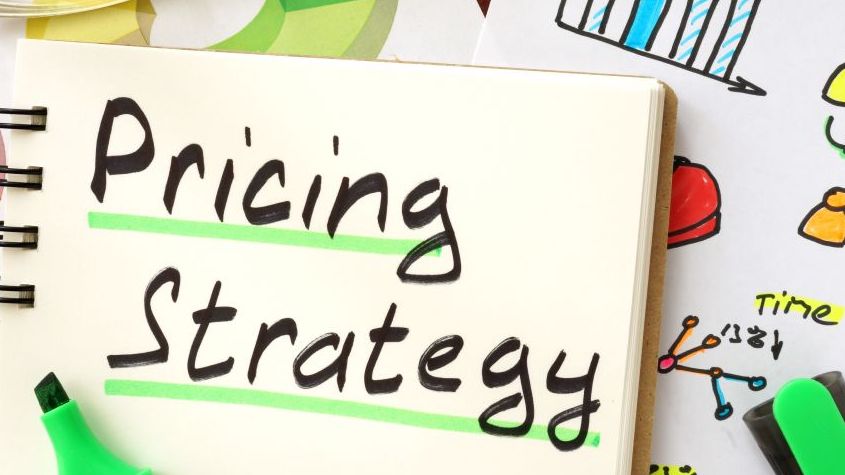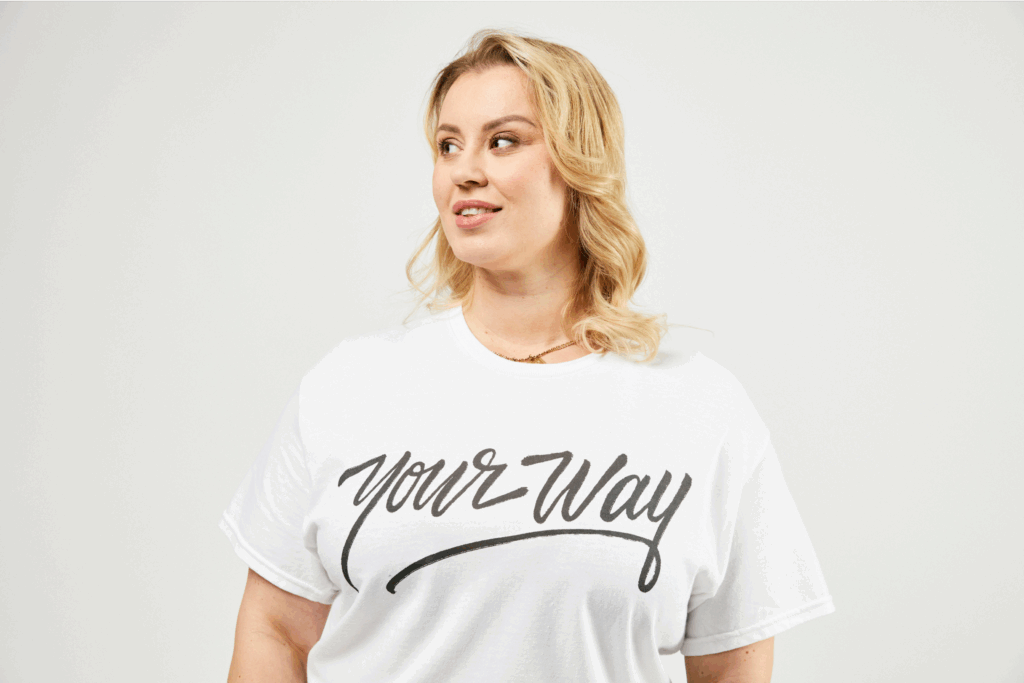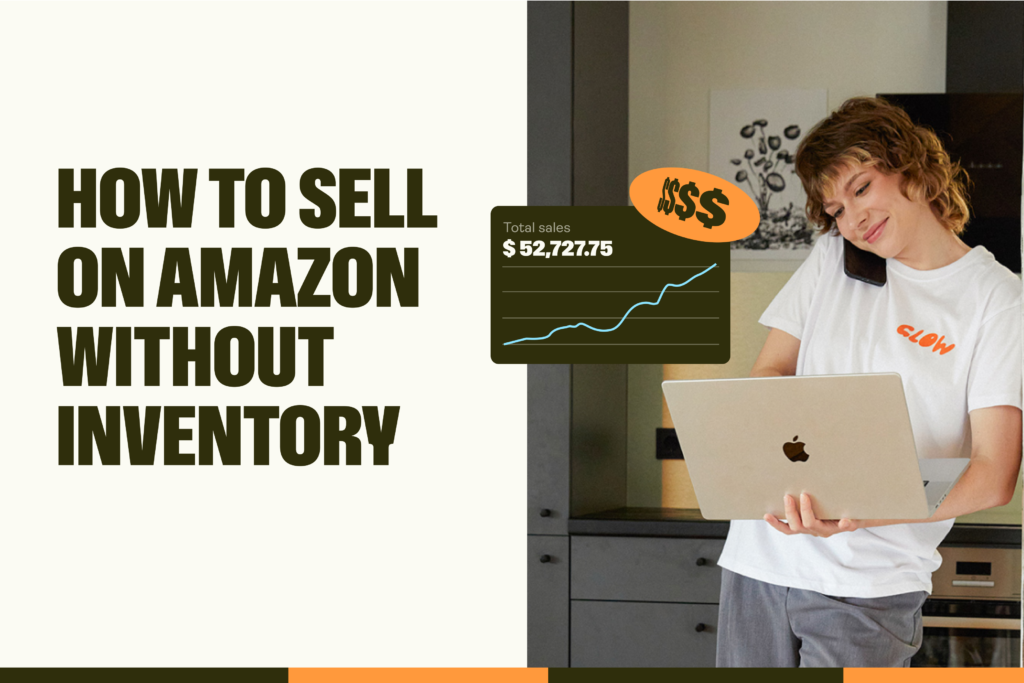Sell custom products with Printify
Running your own dropshipping business online can be an exceedingly profitable venture. Today, we’re focusing on dropshipping profit margins – why they’re important and how to calculate and manage your business expenses.
Profit margins rely on several key metrics that define the income of your online business and affect the costs related to your eCommerce store. These variables will determine whether you sell profitable products or if your profit margin is losing you money.
We’ll analyze profit margin metrics, show examples of a good dropshipping profit margin, and provide ways to use multiple profit margin formulas to develop a pricing strategy. We’ll leave you with five tips to increase profitability.
The importance of analyzing dropshipping profit margins
Increasing your product prices without upsetting customers is crucial for any successful online store. Product prices should always be higher than the cost of production, but that’s not all there is to it. Increasing your profit takes a bit of calculation.
Learning how to calculate your store’s profit margin and net income will help you stay informed, respond to changes in a niche market, optimize your pricing strategy, and actively monitor your management expenses.
To start, you’ll need a good dropshipping profit margin range to find the most profitable products to sell. From this, you’ll be able to see what is costing you the most money (or not making enough of it).
Good profit margins for a dropshipping business
When starting, it’s helpful to know how much money dropshippers make and whether it’s the right business model for you.
Dropshippers maintain an industry average profit margin between 15% and 20%. Generally, if you’re selling above 10% of the wholesale price, you’re on the right track for a good profit margin.
Each product will have a different pricing range for optimal results. The pricing range relies on how much your customers are willing to pay and the wholesale price you need to cover to make a profit.
Make it happen today!
Key profit margin metrics for a dropshipping business

Let’s take a closer look at some key profit margin metrics that you should keep track of when analyzing your expenses and net profit.
Cost of goods sold (COGS)
The cost of goods sold (COGS) is a significant expense for dropshipping stores and crucial for any profit margin calculation. Shopify and other eCommerce website hosts have built-in cost-per-product sections that you can use to track your COGS automatically.
The cost of goods sold is based on how much it costs to manufacture the products before an order is delivered. This can include material costs, production expenses, fulfillment costs, and other services that enable manufacturing.
COGS in dropshipping can differ if you’re selling ready-made wholesale products or applying prints on custom product blanks.
With Printify white-label blanks, for instance, the COGS is automatically calculated for every product you create and sell, and subtracted after a sale is made.
Shipping costs
After manufacturing, shipping costs are the next necessary expense. These can be highly variable and depend on the supplier you’ve paid to ship your orders at any given time.
The costs for shipping are based on multiple crucial steps in dropshipping, which rise in expense depending on your level of customization and branding. This includes custom labels, packaging, and the delivery estimates made by the shipping provider.
With Printify, shipping costs are calculated separately for all dropshipping products and subtracted from the total revenue after a sale. You can lower shipping costs by choosing Print Providers locally or as close to your customer’s location as possible.
Average order value (AOV)
One way to increase your average dropshipping profit margin is by raising your average order value (AOV), another formula-based metric that calculates each customer’s average spending on your store.
To calculate AOV, divide the number of orders made at your store by the total revenue of all sales, usually counted in monthly intervals.
Average order value = Total revenue / Number of orders
The average order value will depend on the types of products you sell. For example, a store that sells stickers will have a much lower AOV than a store that sells custom sneakers.
Conversion rate
eCommerce conversion rates show the percentage of people who, having visited your store, actually end up buying something. Your conversion rate likely rests at a single-digit percentage point since a good eCommerce conversion rate stands between 2.5% and 3%.
To calculate the conversion rate of your dropshipping store, simply divide the number of orders by the number of unique store visitors.
Conversion rate = Number of orders / Number of unique visitors
Conversion rates can increase your profit margin for dropshipping, but some products simply do not have the same rate as others. However, you can increase the number of unique user sessions by improving click-through rate through search engine optimization (SEO) and dynamic content marketing – as well as maintaining frequent advertising and outreach campaigns.
Customer lifetime value (CLV)
After AOV, we can move on to more long-term metrics to help you predict future revenue. Customer lifetime value measures the average revenue each customer generates throughout their lifetime shopping in your store.
Because of the long-term nature, customer lifetime value is highly unpredictable, so you’ll have to make some informed guesses about the likelihood that your buyers will shop again.
To calculate your dropshipping store CLV, multiply your previously calculated average order value by the number of individual customer transactions per month – then multiply by a retention period. The latter variable refers to the time period you predict a customer will revisit your store.
Customer lifetime value = Average order value * Number of monthly transactions * Retention period
There are ways to predict customer retention, for instance, by seeing how many previous buyers have subscribed to your newsletter, participated in social media posts, or used previous coupon codes or deals.
Note, however, that depending on the goods you sell, CLV can decrease or increase whether or not a single product from your store fulfills their needs. This is why product diversity is crucial.
Customer acquisition cost (CAC)
Naturally, attracting new customers should be a prime focus if you want to increase market demand. Customer acquisition costs are the money you spend to attract more buyers, usually through advertising, marketing, or content-related efforts.
To calculate your CAC, you need to sum up all your marketing/advertising expenses and divide that by the number of new customers acquired in that marketing cycle.
Customer acquisition cost = Total marketing expenses / Number of new customers
If your customer lifetime value is higher than the cost of gaining more customers, then your average net profit will likely increase throughout your marketing efforts.
Refund rate
Finally, we can’t forget about that often teeth-grinding process of handing out refunds to unhappy customers. Whether it’s a supply chain issue, product quality, or customer-related problem, decentralized dropshipping can invariably cause you to send items back.
To calculate your refund rate – the percentage of orders that are sent back – you simply divide the number of refunds by the total number of orders made during a certain time period.
Refund rate = Number of refunds / Number of orders
High refund rates will likely result in a much lower profit margin, especially in dropshipping. It’s crucial to vet your suppliers and critique the product you’re selling personally, ensuring that the item quality fits the standards of your store and customers.
Make it happen today!
How to calculate dropshipping profit margins

Two different profit margins measure the efficiency and growth of dropshipping businesses: gross and net profit margins.
Gross profit margin formula
The gross profit margin shows the income you receive when subtracting production costs from the product’s total revenue or sales price. The profit you make from a single sold product is surprisingly easy to calculate.
First, you need to calculate your gross profit. Take the selling price (total revenue) and subtract the wholesale buying price, also known as the costs of goods sold (COGS) – your full production expenses.
Gross profit = Total revenue – COGS
To calculate the gross profit margin, simply divide the gross profit by total revenue.
Gross profit margin = Gross profit / Total revenue
For example, let’s say your dropshipping store earns $60,000 in monthly sales. The dropshipping supplier you work with requires $25,000 as COGS, which covers expenses for all products sold.
Using the first formula, we calculate your gross profit of $35,000. That makes your gross profit margin the difference between gross profit and total revenue, or 0.42 using the second formula. Turning that into a percentage, your gross profit margin would be 42%. That’s all there is to it.
Net profit margin formula
Net profit margins consider the product’s price and all other dropshipping costs that come with running your business. This is a more holistic way of reviewing your sales expenses and is good practice to take all your gains and losses into account.
Expenses outside of production costs may include
- Advertising expenses
- Taxes and sales policies
- Website hosting costs
- Account subscriptions
- Transaction fees
- Shipping fees
- Electricity, internet, etc.
To begin the calculation, take your total revenue from sales minus the cost of goods sold and all other expenses, like the ones listed above. This will equal a net profit, or how much money you get after all other expenses are paid – your true profit.
Net profit = Total revenue – COGS – All other expenses
Now that you have the net profit, you can divide it by the total sales revenue and get a net profit margin that shows how well your store is turning sales into tangible income.
Net profit margin = Net profit / Total revenue
Let’s use the previous example with the same supplier, the only difference being that you add all your other expenses on top of the gross profit margin calculation.
With $60,000 in monthly sales minus the $25,000 in COGS and $15,000 in business expenses, your net profit would be $20,000.
Finally, divide the net profit of $20,000 by the total revenue of $60,000, and you would get a net profit margin of 0.33. In percentage terms, that would be a net end profit of 33%.
The important thing for an accurate net profit margin calculation is keeping all your business fees and expenses in check, at least monthly.
5 tips to increase your dropshipping business profit margins
If you want to increase your average margin, we have a few tips to help you get started. It’s helpful to calculate all your expenses to make informed pricing decisions.
Have a pricing strategy in place

A pricing strategy will ensure that you’re not setting product prices too high, where no one wants to buy them, or too low, so that you’re missing out on potential revenue.
Pricing strategies should take all your business expenses and customer preferences into account. It’s important to conduct target audience research to fully understand your niche and the perceived value of your products. These variables may include:
- Production costs
- Price elasticity
- Marketing expenses
- Business expenses
- Audience and perceived value
- Taxes and eCommerce fees
A good rule of thumb for beginner dropshippers that might be struggling with making enough sales and have few returning customers is to set a lower price to introduce your product to more people.
Price your products more efficiently with Printify’s guide on how to price a product for ultimate success.
Negotiate a lower price with your supplier

eCommerce stores are not in the dropshipping business alone – suppliers rely on the number of goods sold and customer demand. Your aim should be to negotiate wholesale prices instead of consumer prices.
Your value as a partner increases as your business grows, and it’s not a taboo topic to ask your supplier for a personal contract that can benefit both your profit margins and the number of orders the supplier receives.
You should also pay attention to shipping, ensuring that both packaging and supply routes are optimized to decrease costs and delivery times.
Minimize expenses
Avoid any unnecessary expenses. One of the pitfalls of dropshipping is paying for services you don’t really need.
Subscription costs, finance trackers, and analytic tools can be beneficial to negate low dropshipping margins. If they cost more money than they make, you’re better off without them.
Similarly, you may try selling lighter products that reduce shipping costs, or, like any other business, reducing redundancies and pulling unsuccessful campaigns can make all the difference.
Try to increase order volume

If you want to make more money, increase the number of products you sell and diversify your potential audience. Two methods usually increase order volume: paying for product promotion through marketing and SEO, and increasing your product line-up to attract more buyers.
Either way, targeting the right customer will involve significant research into marketing and user psychology, so consider it a long-term effort to increase your dropshipping profit margin.
Sell using multiple channels
Multi-channel selling is the process of listing the same goods on separate sales channels, like selling through both your Shopify store and the Facebook marketplace.
Using multiple channels lets you target different buyer behaviors, including pandering to those who browse on larger eCommerce marketplaces and those looking for specific web stores.
The more frequently a customer is exposed to your products, the more likely they are to make a purchase.
Make it happen today!
Start a dropshipping business with Printify
Printify is a one-stop dropshipping order fulfillment platform with all the necessary tools to design, publish, and sell custom wholesale products at high profit margins.
Our site boasts built-in store integrations with top–performing online sales channels like Etsy, eBay, Shopify, or WooCommerce. Take advantage of a whole list of dedicated features:
- Over 1000 white label products
- Global print fulfillment centers
- No minimum order requirements
- Free Product Creator (formerly known as Mockup Generator)
- 24/7 merchant support
With a print-on-demand dropshipping model, you have the freedom to add your own designs, images, and artwork to our products – making them your own without any initial investment. Sign up for free, create a unique design in just a few minutes, and sell the product multiple times without any stock restrictions.
Margins calculated, ready for action
Calculating your dropshipping profit margin can initially seem overwhelming. But, once you’ve measured your net and gross margins through the profit margin formula, you have the potential to track multiple facets of your dropshipping empire.
Track important metrics like average order values, conversion rates, and other expenses to optimize your pricing strategy, minimize costs and increase your online store sales.
Create a good profit margin for dropshipping with Printify. Design unique quality products through our automated processes and run a successful dropshipping store with high profits and more flexibility.












